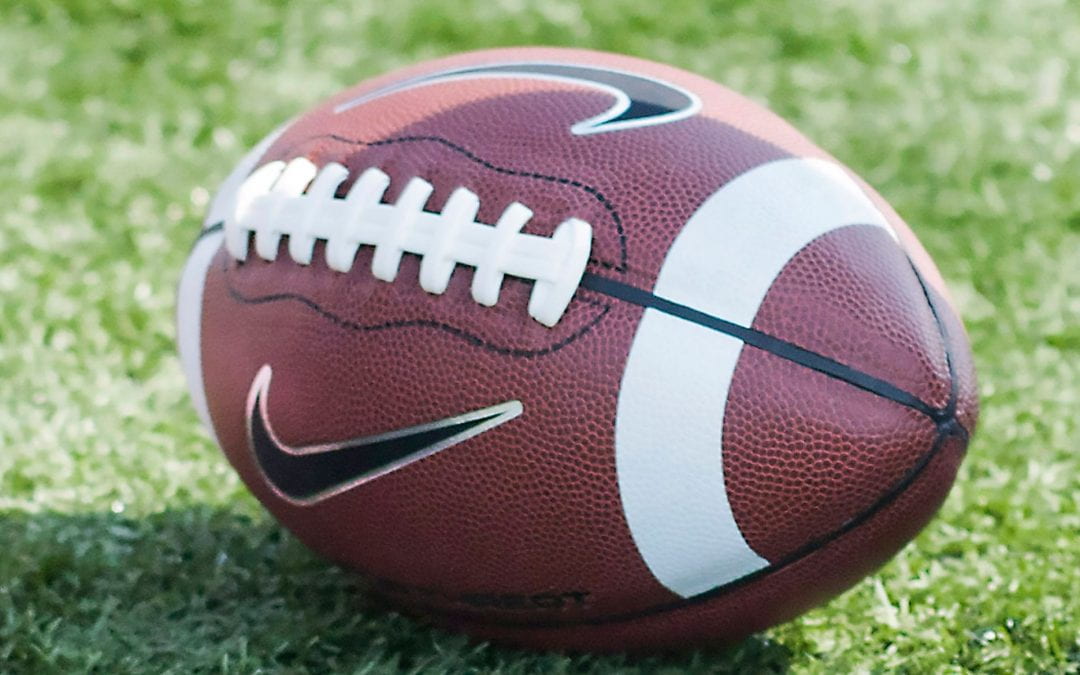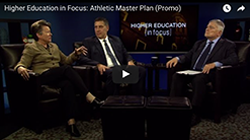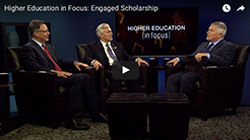On Aug. 11, I joined the majority of Big Ten presidents and chancellors in postponing all fall sports. The decision required a great deal of discussion and consultation with experts. The key factor in the decision was whether we could ensure the health and safety of the student-athletes during the pandemic. Although our University can exert considerable control within the classroom in terms of masking and social distancing, contact sports present a very different challenge. In response to that challenge, the Big Ten created testing and contact tracing protocols to control exposure and added flexibility in scheduling to address expected disruptions during the season. In short, we were cautiously proceeding to have our student-athletes physically ready for the field of play.
Unfortunately, over the two weeks preceding Aug. 11, it became clear that we could not guarantee a COVID-free play environment. Not all schools were able to submit testing results at the level required by the Big Ten. Straightforward responses to contact tracing interviews with those who tested positive were proving to be more difficult. And tests with positive results among athletes were growing. In addition, new information was becoming available on post-COVID health effects such as myocarditis. Although associated with great uncertainty, these health effects caused alarm. I decided that our inability to maintain a COVID-free arena of play outweighed all other factors in deciding to continue fall sports. Post-COVID health concerns also weighed heavily on my decision. The majority of the Big Ten leaders voted to postpone the season.
Yesterday, I voted to move forward with fall sports. I did so based on an extraordinary amount of effort by a Big Ten task force over the last month to create the necessary conditions for a COVID-free arena of play. Much has changed. Our new approach is data-driven and guided by a chief infection officer to be designated by each institution. Consistent and uniform testing will be ready for the entire Big Ten, managed by the conference, with point-of-care rapid antigen testing six to seven times a week with results ready at least four hours before every practice and game. There is an option for additional polymerase chain reaction (PCR) testing for those who test positive. Out of an abundance of caution, all COVID-positive athletes will have comprehensive cardiac testing. The earliest an athlete can return to game competition is 21 days following a positive COVID diagnosis. Testing will be procured by the Big Ten and administered by a third party, so that the testing demand does not impact the testing being completed by the universities. Importantly, many of the medical experts from Big Ten universities who did not think we could play safely on Aug. 11 supported these new strategies as sufficient to create a COVID-free arena of play and lowered risk for student-athletes who have tested positive.
For these reasons, I voted to resume fall sports, beginning on Oct. 23 for football. This date ensures that we have as full a season as possible based on the implementation of the testing strategy. The Big Ten will also follow the medical team recommendation that stadium attendance be limited to families of student-athletes and athletic staff. Health and safety will determine if a team can enter an individual competition. As was true for the decision on Aug. 11, the health and safety of our athletes was and will continue to be the deciding factor for Penn State.






I support your decisions, President Barron! We must balance the need to continue a normal life with this virus! Giving people the freedom of choice to live life as they see fit is paramount. I appreciate the choices you are giving me! I also appreciate that you are stimulating our brain trust to find ways to mitigate this and future viruses. If this is the new normal then we must be brave, protect the vulnerable but more importantly ensure that every decision we make balances security with freedom.
Thank you for sharing this level of transparency Dr. Barron!